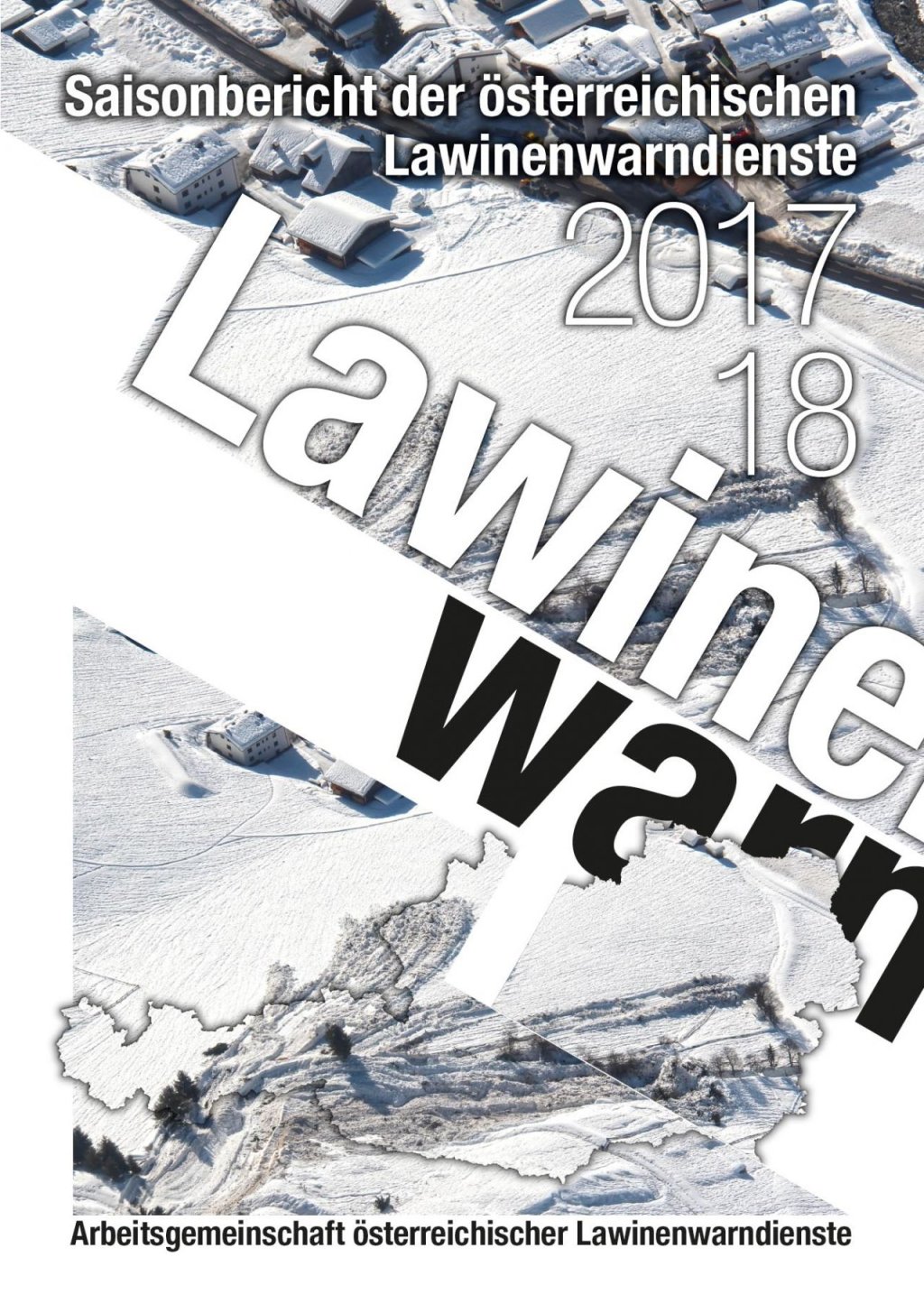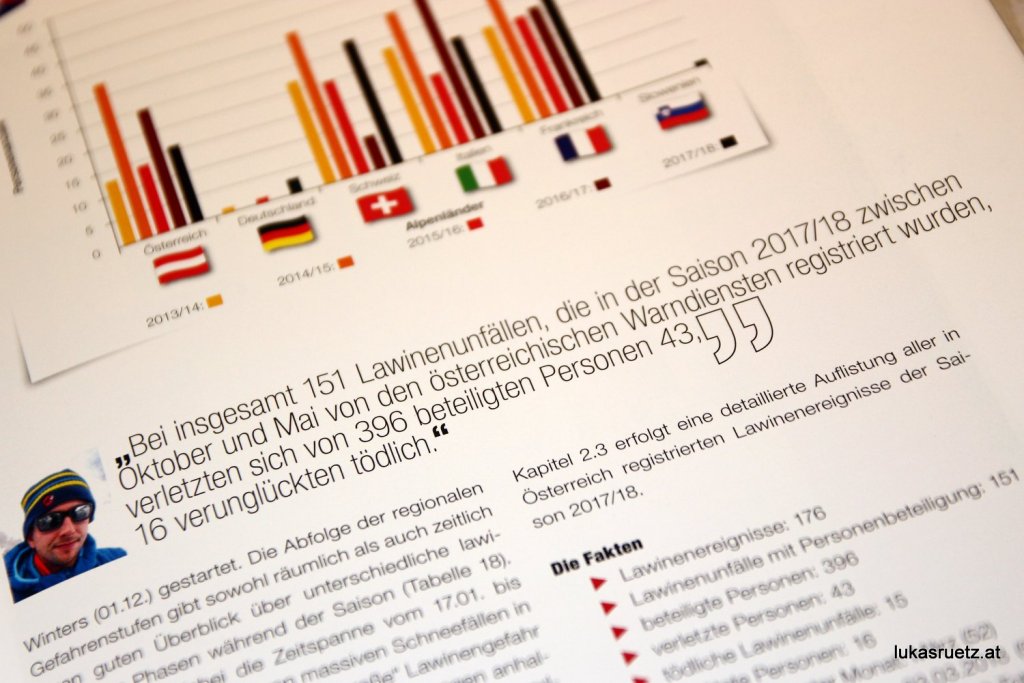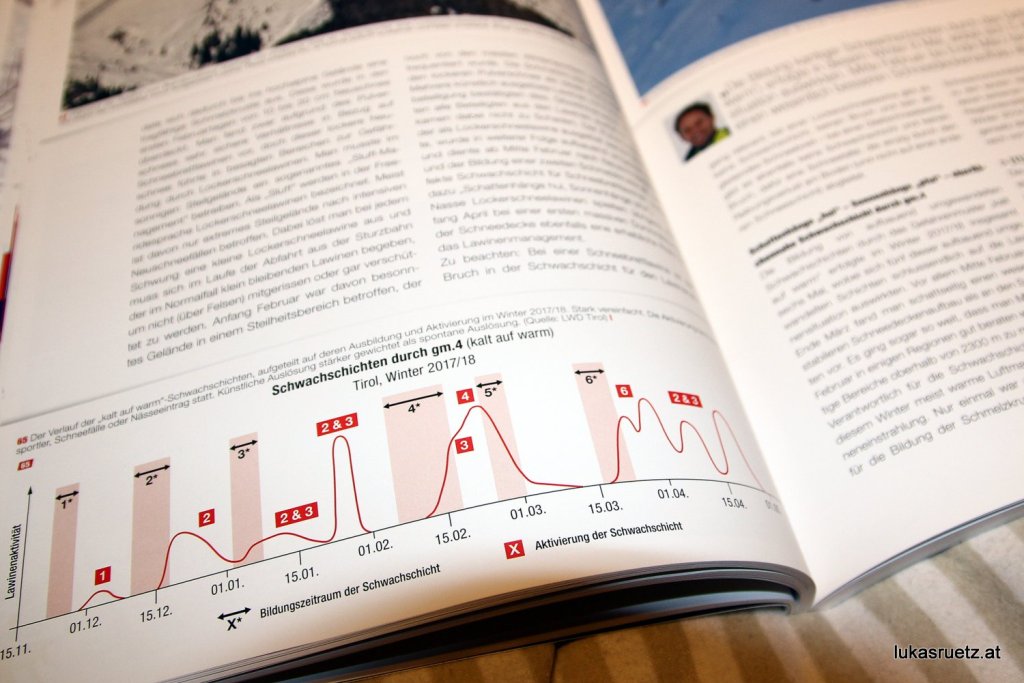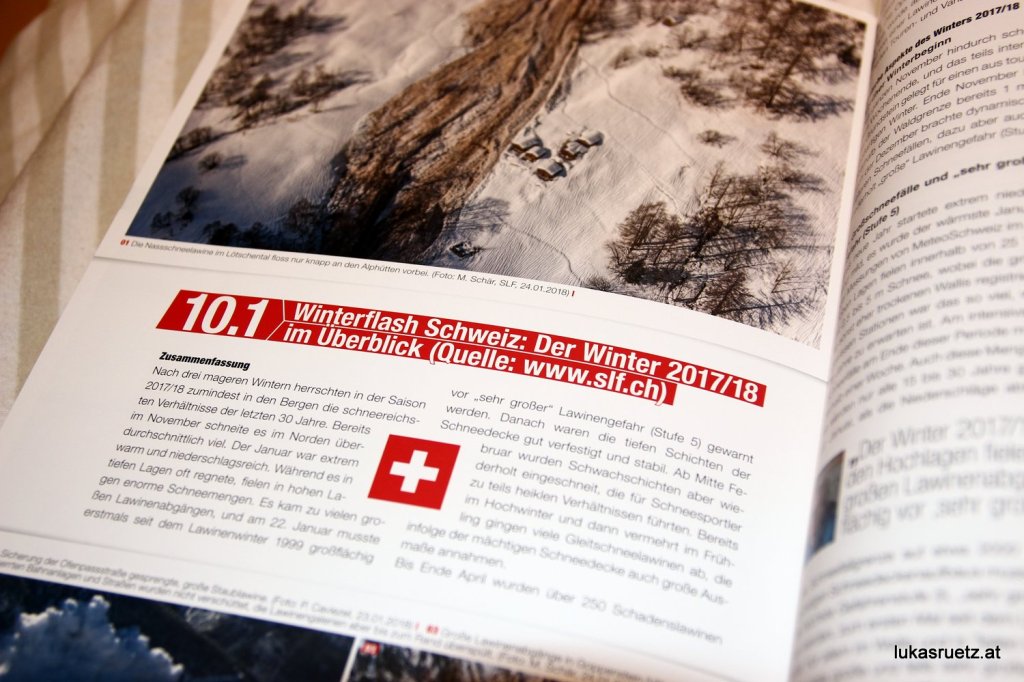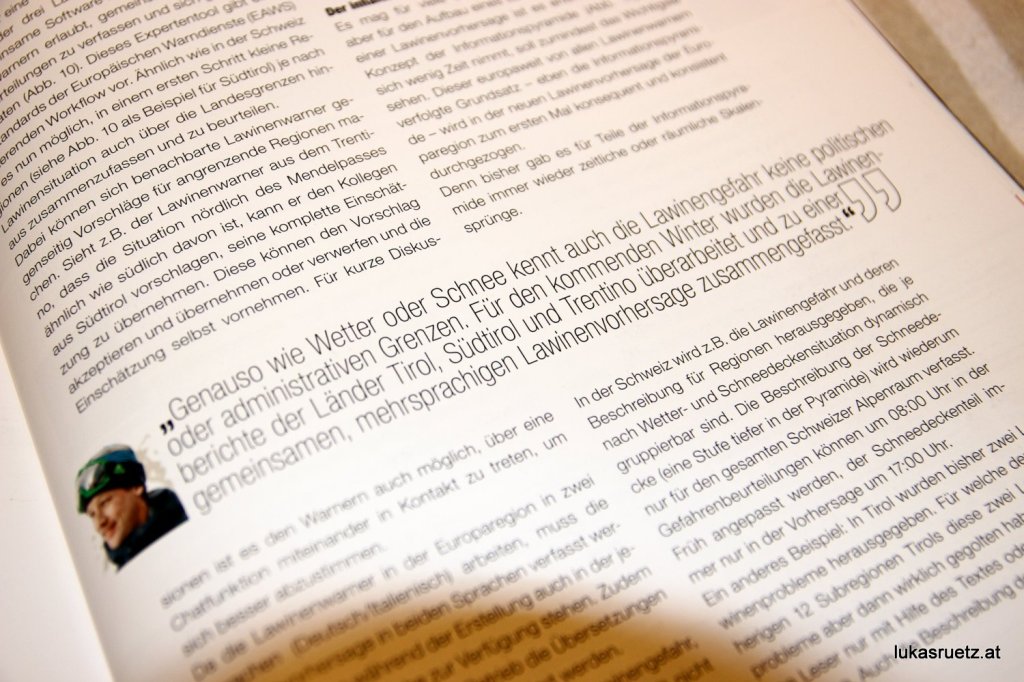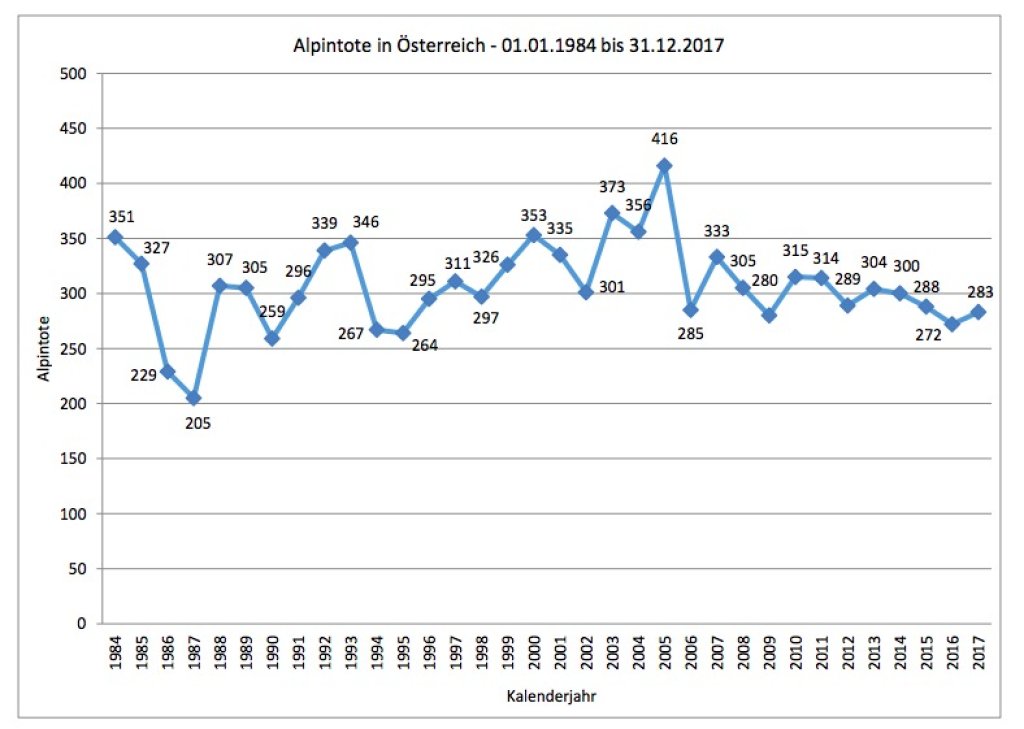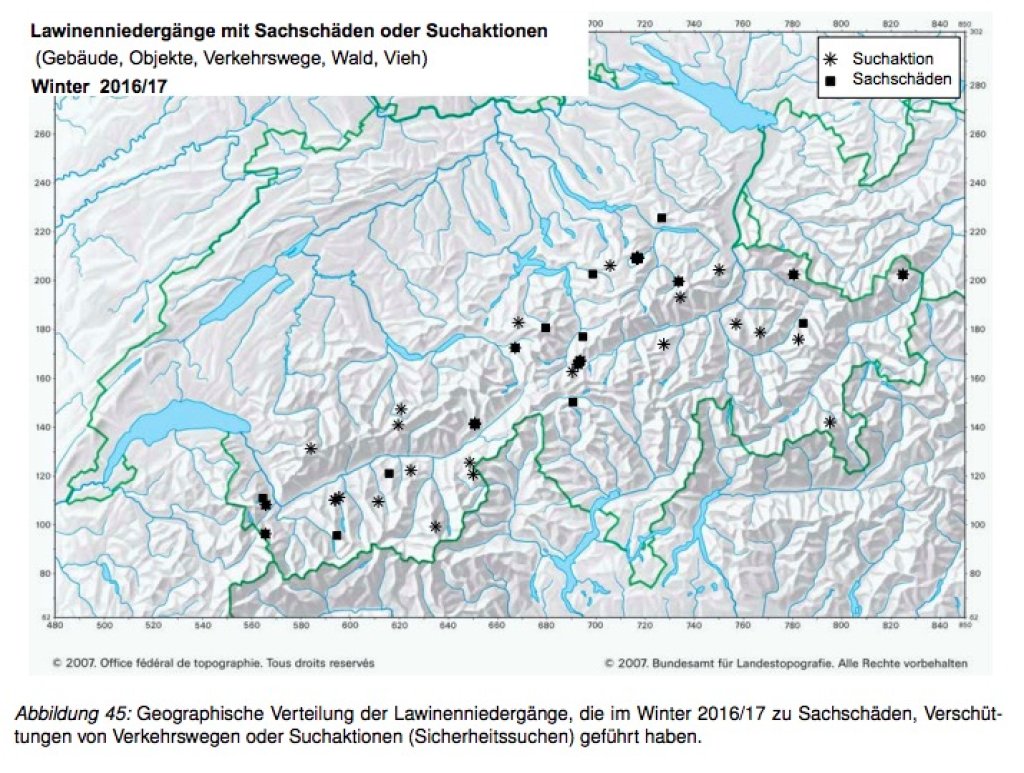Statistics
In a total of 176 avalanche incidents registered by the warning services in Austria between October and May in the 2017/18 season, 43 of the 396 people involved were injured. 16 were fatal. This means that the number of avalanche victims in this snowy winter in Austria was well below the long-term average of 25 people. While a weak layer in the old snow was often the decisive factor for many accidents in previous seasons, this season 81% of all avalanche accidents involved a drifting snow problem.
6 and 7 of the fatal accidents occurred at level 2 and 3 respectively.
60% of the fatal avalanche accidents occurred on slopes in the south sector.
Alpine countries
In the Alpine region, a total of 104 people died in avalanche accidents in the 2017/18 season.
Pictorial accident reports
In addition to this and other key statistical data, the seasonal report contains contributions from the LWDs of the individual federal states on the winter in their region and detailed, richly illustrated accident analyses of selected incidents. The texts as well as the statistics and illustrations are informative and easy to understand. This puts the Ö-LWD's seasonal report at the highest level of accident prevention in terms of avalanches.
As every year, the detailed seasonal report is an impressive testimony to the incredibly valuable and highly professional work of the avalanche warning services.
Conclusion: Worth every cent and better invested than in the latest technical gadgets!
Seasonal report available here in the ÖAV store.
